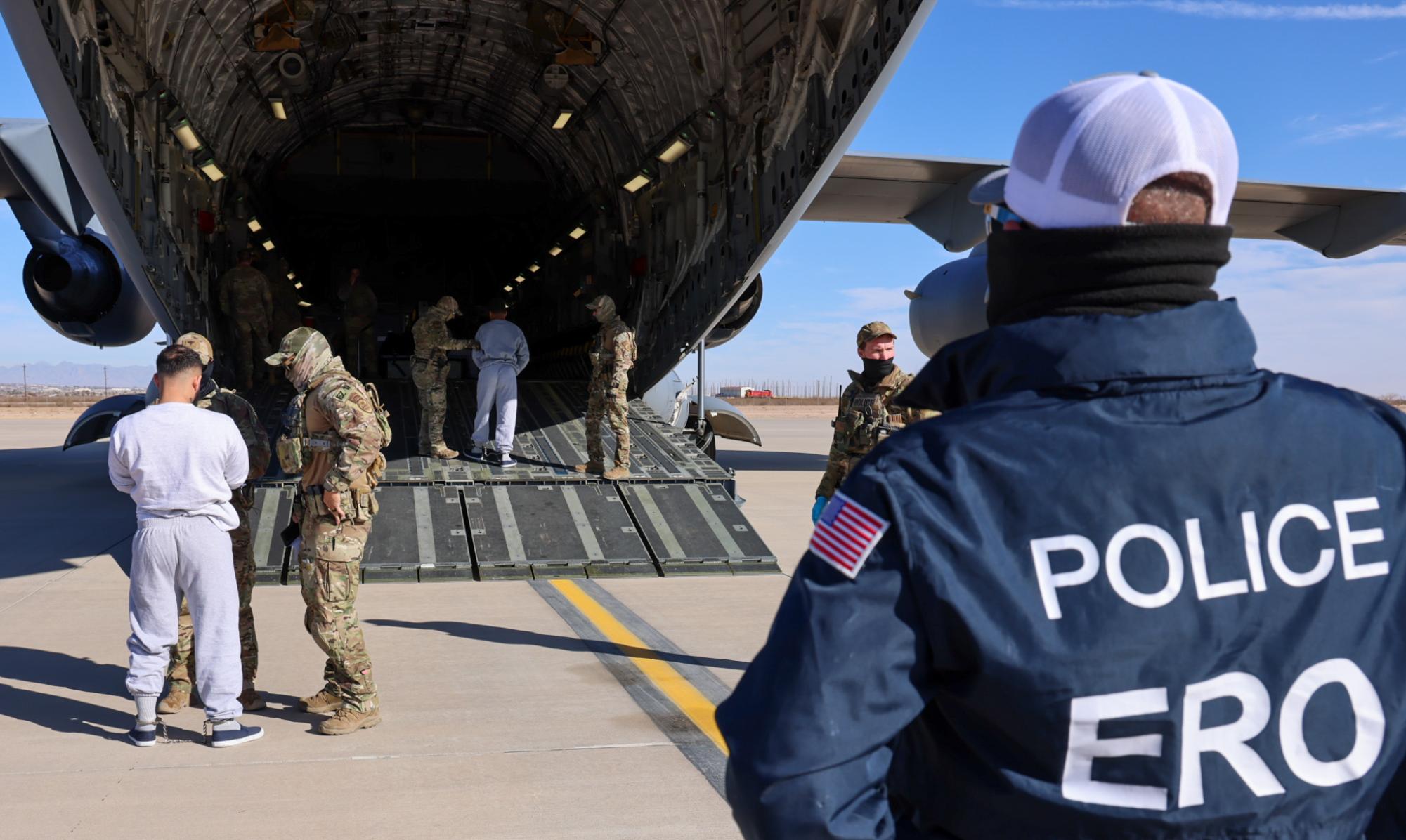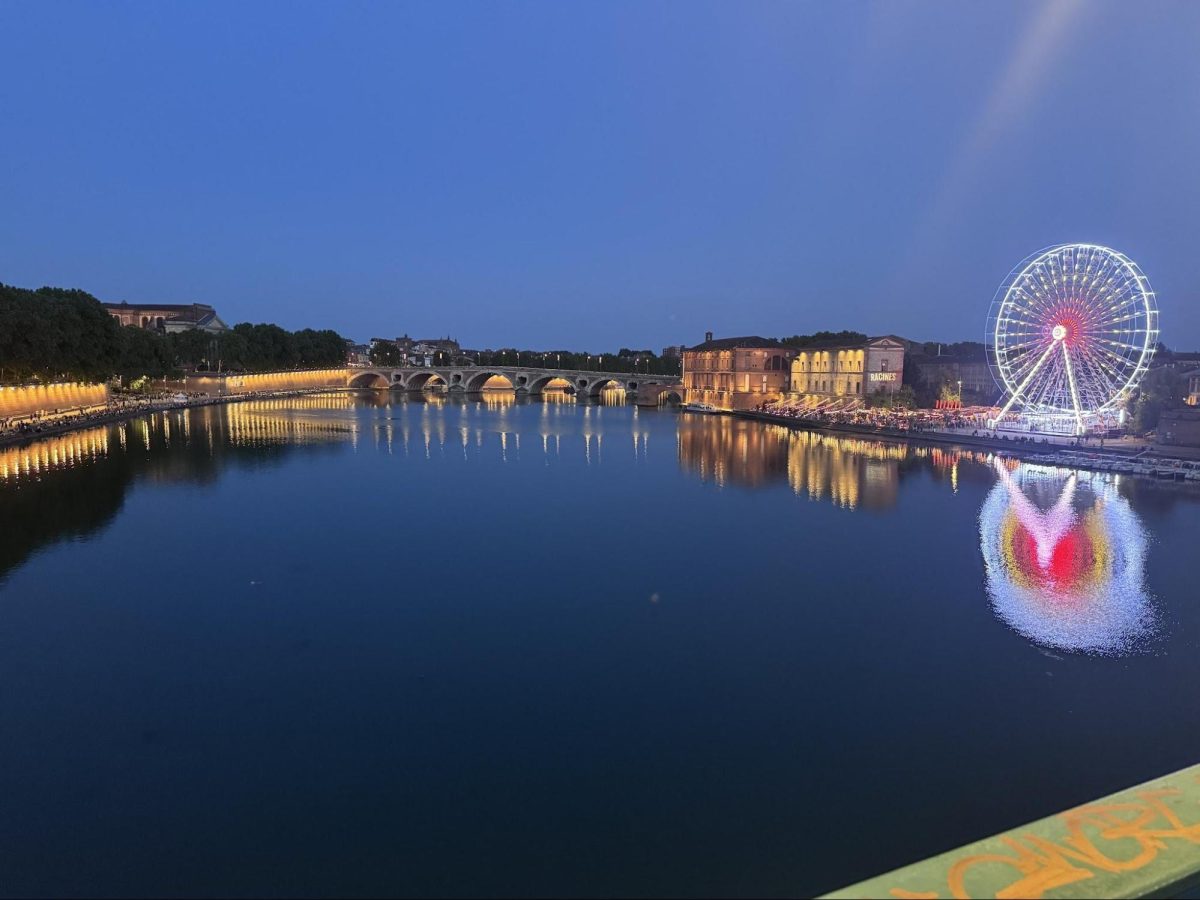President Trump has ordered the expansion of the detention center at Guantanamo Bay to hold 30,000 illegal immigrants. Despite controversy and legal challenges, dozens of new detainees have already been sent to the military prison.
The US originally occupied Guantanamo Bay in 1898 as part of its invasion of Cuba during the Spanish-American War. In 1913, the US leased a 45-square-mile plot of land from the newly established Cuban government to build a naval base. Guantanamo Bay, or “Gitmo,” as it is sometimes called, was the first military base established outside the contiguous United States. In 1959, under the leadership of Fidel Castro, Cuba denounced the US presence at Guantanamo Bay, a position it maintains to this day.
In 2002, in the wake of the September 11th terrorist attacks, a military prison was established at the base to detain enemy combatants and suspected terrorists captured during the invasion of Afghanistan and the subsequent invasion of Iraq. Many of the prisoners at Guantanamo Bay were detained without trial or charge, attracting controversy and derision from numerous humanitarian organizations, foreign nations, and US politicians. Almost immediately, accusations were levied against the US that the conditions at the detention facility were inhumane and in violation of the Geneva Conventions. Of particular concern to many was the use of so-called “enhanced interrogation techniques” on detainees suspected to have information relating to potential terrorist plots or weapons of mass destruction. These techniques, developed by the CIA, included verbal, physical, sexual, and psychological abuse, isolation, sleep deprivation, exposure to extreme temperatures, prolonged periods of confinement in uncomfortable or painful positions, simulated burials, and waterboarding, among other practices, all of which meet the definition of torture set by the Geneva Conventions. Then-president George W. Bush defended the use of enhanced interrogation, arguing that, since Gitmo was not technically on US soil, the protections afforded by the Constitution did not extend to any prisoners detained there.
In 2006, the Supreme Court ruled that the system of military trials that had been used to detain prisoners was both illegal under US law and in violation of the Geneva Conventions. This decision would not spell the end of Gitmo, however, as later that year, Congress passed the Military Commission Act, which affirmed the validity of the military trials and barred federal courts from hearing any habeas corpus petitions by foreign detainees. For years, things carried on at Guantanamo Bay essentially unchallenged; at its peak, more than 600 prisoners were held at the detention facility.
That was until 2009, when then-president Obama ordered that the detention facility was to be closed within a year and all prisoners were to be relocated to federal prisons within the United States. This was still not the end, however, as the closure was delayed numerous times by Congress, and the facility was still open when Obama left office in 2016, though the number of inmates had been reduced dramatically from nearly 200 to just 41. The winds changed when President Trump signed an executive order during his first term, which reversed the Obama administration’s closure order and ushered in a slew of provisions designed to ensure the continued operation of the detention facility.
While Joe Biden promised to close the prison before he left office, nothing came of this besides the pardoning of one prisoner.
President Trump’s recent orders for the expansion of Gitmo are nothing new, and not unexpected given his previous actions. He has spoken at length about the dangers of illegal immigration, arguing that the use of Guantanamo Bay is justified under the extreme threat posed by so-called “high-priority criminal aliens.” Trump’s plans have already met with legal challenges; a federal judge blocked the transfer of three Venezuelan prisoners in New Mexico to Gitmo, and the American Civil Liberties Union, along with the Center for Constitutional Rights and the Refugee Assistance Program, has filed a lawsuit against the Trump administration on behalf of a number inmates at Guantanamo Bay who are currently being held without legal representation.
Guantanamo Bay has been a divisive fixture in American politics for over two decades now, the voices calling for its closure are just as loud as those championing its continued existence. The future of Guantanamo Bay and the people held there is decidedly unclear, and while the controversy surrounding the prison is as alive as ever, it seems that for the foreseeable future, Guantanamo Bay won’t be going anywhere.







